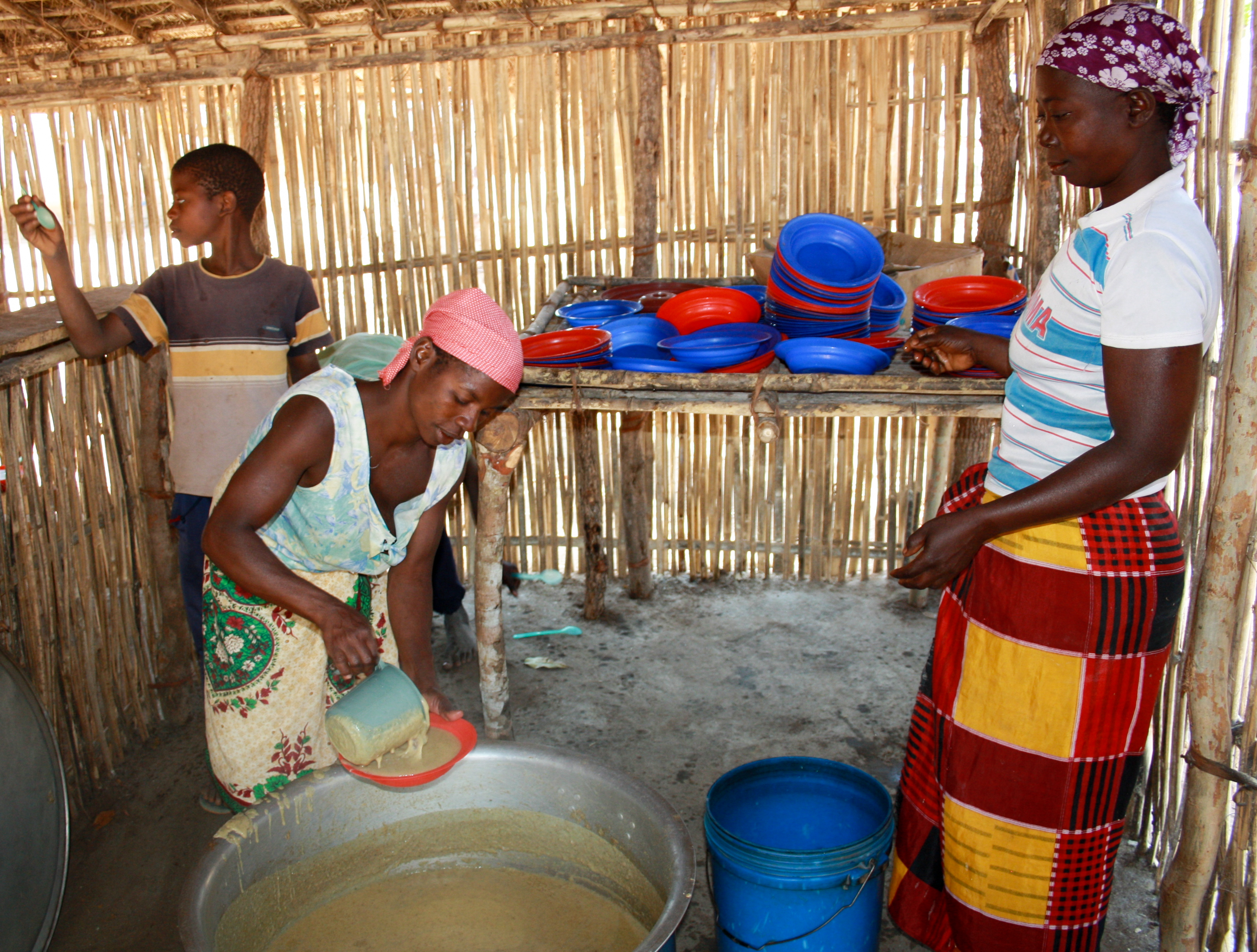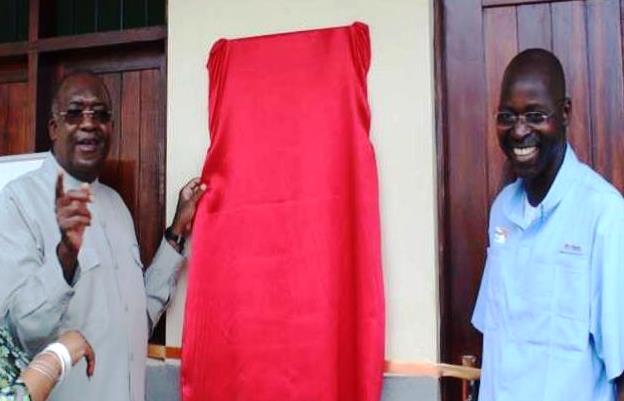Food for education: a holistic catalyst in Mozambique
After an eight kilometre walk to school on an empty stomach, Tobias enjoys a nutritious meal at school through the Educating Children Together Project.
“I was often sad, hungry and my performance at school was bad and I could see that our teachers had to make extra efforts to get my concentration.” This is how Teresa of Nampula, Mozambique experienced school for much of her childhood: hungry and unfocused.
World Vision believes that education is vital, but helping students succeed is more than just getting students into classrooms. Learning requires intense dedication and discipline by both teachers and pupils. Unfortunately, hunger can often leave children distracted and unable to concentrate, which can have drastic rippling effects on a child’s ability to succeed in the classroom and later in the workplace.
This is why World Vision Mozambique developed the Educating Children Together Project (ECTP).
Classroom today, workplace tomorrow
Running from October 2012 through December of 2015, this United States Department of Agriculture funded project worked in the Nampula province of Mozambique to reduce short term hunger, enhance local agriculture, improve health and boost literacy for 211,222 beneficiaries, including 61,677 students across 150 schools. The ECTP believes that reducing hunger helps students stay in school, concentrate better, excel in the classroom and later in the workplace.
Community volunteers help prepare the school meal, over the fire wood they donate.
This programme distributed daily school meals prepared by community volunteers for 61,677 students, 1,124 teachers, and 1,017 cooks across 150 schools. The process was supported by a school feeding committee and a teacher managing the school commodities. This helped to ensure the school community was actively involved in the design, implementation and monitoring of the school meals programme to make sure it was contextualised to their specific needs.
Community kick up
But the project went beyond just school feeding programmes. As the project name implies, educating children has to be done together in order to be successful. A corresponding agriculture programme was developed to help ensure the sustainability of the project by linking local farmers groups with participating schools. The project supplied farmers groups with maize, peanut and cabbage seeds, as well as agriculture inputs to improve crop diversity and yield. In turn, the farmer groups donated up to 30 per cent of their harvest to the school for the feeding programme. Primo, the head of the farmer group supporting Mucuthy Primary School in Nacaroa, summed it up this way,
“The link with farmer groups to produce and provide part of their production to the schools in order to ensure sustainability and diversified school meals. This was a good kick up for the community in general.”
Improving the educational environment
Collaborating with a local NGO, the project also worked to build the capacity of teachers, administrators, and parent-teacher associations through trainings to improve the quality of the education. Building school infrastructure and procuring relevant school supplies was also prioritised to enhance the educational environment. 276 latrines, dozens of kitchens, 39 classrooms, 150 water systems and 12 libraries across 150 schools were constructed with the support of World Vision. Local masons often assisted in the construction, serving as an additional catalyst for the local economy.
Mozambique Minister of Education and Human Development, Jorge Ferrão, and World Vision Partnership Leader – Global Field Operations, Jean-Baptiste Kamate, celebrate the opening of a new school though the ECTP.
“World Vision addressed the most important problem of education. Teachers and students should work together to ensure the quality of education,” said the Minister of Education and Human Development, Jorge Ferrão as he inaugurated one of the new primary schools built by World Vision.
Finally, the project aimed to increase the use of good health and dietary practices of the community through capacity building conducted with 2,003 community health volunteers. These volunteers were trained in the preparation of enriched porridges using locally available food and the prevention of diseases through good hygiene and sanitation practices. Over 1,000 cooks were trained in safe food storage and preparation to ensure the school meals were diverse, nutritious and safe.
Optimism for the future
The World Food Programme estimates that one-third of the Mozambican population is chronically food-insecure and half a million children aged 6-23 months are undernourished. Thanks to the efforts of World Vision’s ECTP, this number is getting smaller. Students are finding it easier to concentrate; teachers and school administrators are benefiting as well. “Now this schools has an opportunity to provide better quality of literacy for the kids in this community and surrounding villages,” exclaimed Faztudo, the Head Master at Napai School.
Children enjoy their lunch at school, which allows them to concentrate during class.
As Teresa said, “I think that with the arrival of the project many children like me had a good learning environment to start improving to read and understand what the teacher is saying.”
We believe that, for Teresa in Mozambique and millions more around the globe, we can work together to build a hunger-free world.

